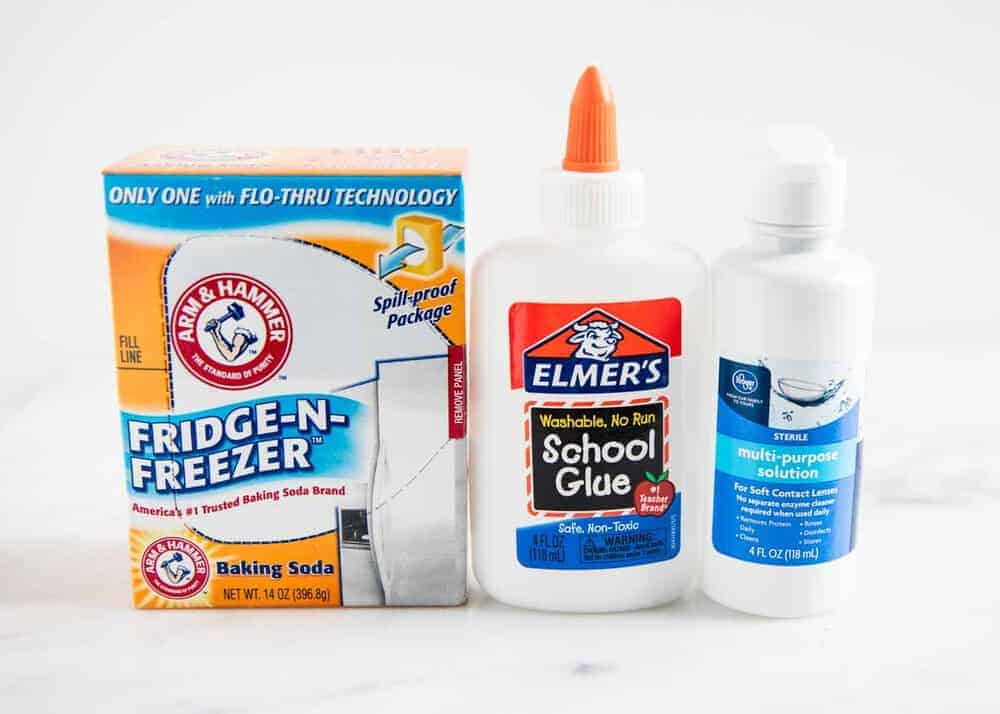A Warm Welcome to the Wonderful World of Slime!
Hey there, awesome parents! Are you ready to dive into the squishy, squelchy, and colorful world of slime with your little ones? Well, buckle up because we’re about to embark on a fun-filled journey that will not only entertain your kids but also spark their creativity and scientific curiosity!
Understanding the Basics of Slime
What is Slime, Anyway?
Slime is a non-Newtonian fluid that’s all the rage with kids (and let’s be honest, adults too!) for its unique texture that’s neither solid nor liquid. It stretches, it squishes, and it can provide hours of entertainment. But before you start, it’s essential to know what goes into making this gooey substance so you can keep playtime not just fun but also safe.
Ingredients Matter: The Essentials of Slime
Making slime can be as simple or complex as you want it to be, based on the ingredients you choose. Here’s a breakdown of the basic components you’ll find in most recipes:
- Glue: The backbone of any slime recipe is a good-quality PVA (polyvinyl acetate) glue. It’s this glue that gives slime its quintessential gooeyness.
- Borax or Liquid Starch: These act as activators, transforming your glue into the mesmerizing slime we all love. They create links between the glue’s molecules, giving slime its elasticity.
- Water: Often added to adjust the consistency of slime and make it less sticky.
- Food Coloring and Glitter: For that extra pizzazz, these ingredients are perfect for personalizing your slime with vibrant colors and sparkling effects. Just make sure the glitter is eco-friendly!
Non-Toxic Alternatives for Safer Slime
Concerned about the chemicals in slime? You’ve got options! Here’s a list of natural and kid-friendly ingredients you can use:
- Cornstarch and Water: For an easy two-ingredient slime, mix cornstarch with water! You’ll get an oobleck-like substance that’s fun to play with and totally safe.
- Psyllium Husk: Found in fiber supplements, psyllium husk mixed with water creates a gummy slime that’s edible (though not tasty).
- Chia Seeds: Soaking chia seeds in water gives you a thick, gooey substance that’s a great natural slime base.
Whether you’re using classic slime recipes or exploring natural alternatives, it’s important to understand the role of each ingredient. A little bit of science can go a long way in ensuring your slime-making adventure is a success!
Slime Safety 101: Tips for Parents
Slime is big on fun but don’t forget about safety. Here are some tips to keep in mind:
- Always supervise young children during slime play to prevent them from ingesting any ingredients.
- Ensure proper handwashing before and after playing with slime to keep germs at bay.
- Store slime in an airtight container to maintain its freshness and prevent drying out.
Riding the slime wave can be one of the best activities to do with your kids. It’s an amazing way to bond, learn, and create lasting memories. So put on your aprons, roll up your sleeves, and get ready for some hands-on fun! As you mix, knead, and stretch, you’ll see those bright little eyes gleam with the joy of discovery and creativity.
Stay tuned for Part Two, where we’ll dive deeper into the science behind slime, explore incredible recipes, and share expert tips for creating the ultimate slime experience! By understanding the ingredients of slime, you’re setting the stage for not just a delightful play session but an educational adventure as well. Let’s make sure every squish, every stretch, and every giggle counts!

5 Things Every Parent Should Know When Prepping Slime Ingredients
Ready to get your hands sticky with slime? Here are five key points to consider for a smooth and enjoyable slime-making session with your kids:
- Quality of Ingredients: Invest in high-quality, safe materials. Avoid glues that aren’t labeled as PVA, as they may not work as well and could have unsafe additives. If you’re choosing a Borax-based activator, look for a pure, unscented variety to minimize potential skin irritation.
- Measurements Matter: Be precise with your measurements to ensure the perfect slime consistency. Too much activator can lead to stiff slime, while too little may result in a sticky mess. Use measuring spoons and cups to get it just right.
- Customizations and Allergies: Tailor your recipe to any allergies or sensitivities. For instance, if your child is sensitive to food coloring, opt for natural colorants like beet juice or turmeric. Always be mindful of the individual needs of your child.
- Slime Add-ins: For a diverse sensory experience, try adding different textures and scents. Items like foam beads, scents, or even temperature-responsive pigments can elevate the fun. Just ensure these additions are safe and non-toxic.
- Clean-Up Plan: Assume that things will get messy and plan accordingly. Have a clean-up kit ready with paper towels, a bowl of water, and a surface cover. Slime can stick to fabrics and carpet, so it’s better to play on a tiled floor or a covered table.
By keeping these five points in mind, you’re all set for a successful slime-making adventure. Prepping ahead creates a less stressful and more enjoyable experience for both you and your children. It’s not just about the slime; it’s about creating moments of joy and learning together. So, let’s get ready for some experimental fun with these gooey delights!
Don’t forget to explore Part Two of our guide for a deeper dive into the science of slime, more detailed recipes, and pro tips to become a slime master! Remember, making slime is more than a playful pastime; it’s a chance to encourage your child’s love for learning through hands-on experimentation. Here’s to making every moment count with educational, creative fun!
. For more information see here
Disclaimer
The articles available via our website provide general information only and we strongly urge readers to exercise caution and conduct their own thorough research and fact-checking. The information presented should not be taken as absolute truth, and, to the maximum extent permitted by law, we will not be held liable for any inaccuracies or errors in the content. It is essential for individuals to independently verify and validate the information before making any decisions or taking any actions based on the articles.




